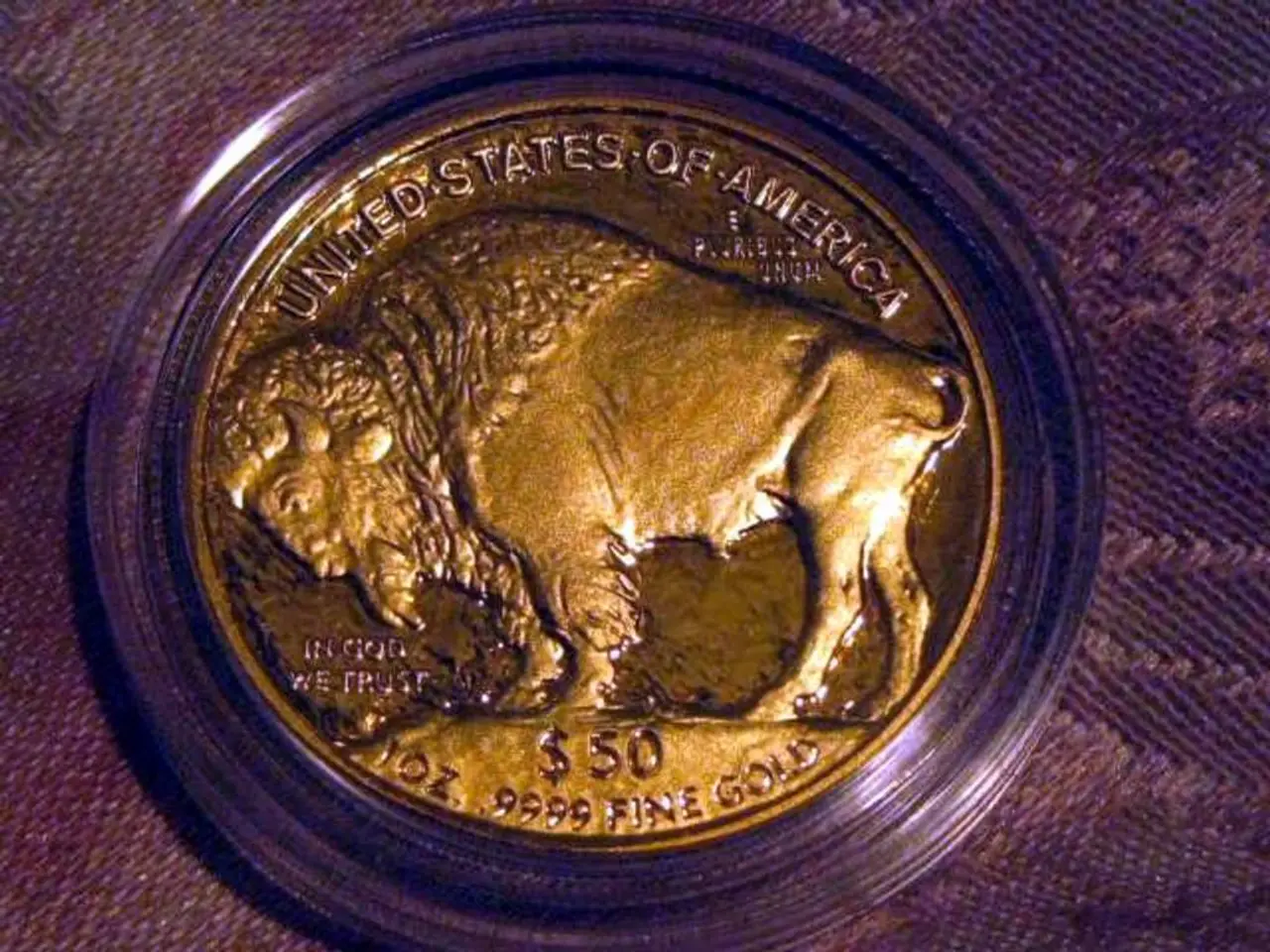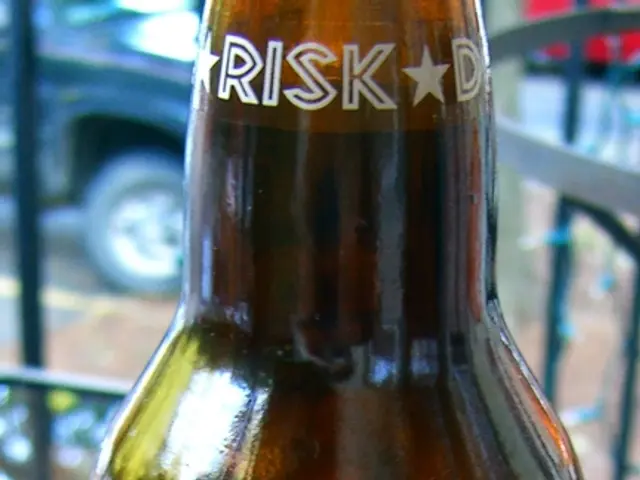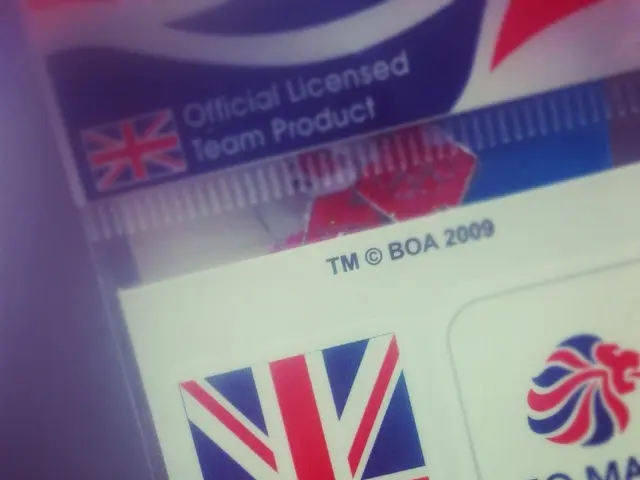Investigating the Enigma: What's the Value of a Three-Dollar Note?
In the world of currency, the $3 bill has long been a subject of fascination and confusion. Contrary to popular belief, a $3 bill has never been a legitimate form of United States currency issued by the federal government. However, this doesn't mean that a $3 bill doesn't hold any historical or monetary value.
During the "Free Banking Era" (roughly 1837-1863), private banks issued their own banknotes, including $3 bills. These obsolete banknotes, if rare and in excellent condition, can range in value from a few dollars to several thousand dollars. Identifying an authentic obsolete banknote requires careful examination of the name of the issuing bank, signatures of bank officials, and intricate engravings.
On the other hand, there is a historical basis for a $3 coin. Specifically, a three-dollar gold piece was issued by the United States between 1854 and 1889. This coin, authorised by Congress on February 21, 1853, and designed by James B. Longacre, is a genuine historical currency item and holds significant value among numismatists. The market value of these coins depends on condition, rarity, and demand, with prices often ranging from several hundred to several thousand U.S. dollars per coin.
The value of an authentic $3 banknote or coin from the Free Banking Era or the three-dollar gold coin is determined by factors such as rarity, condition, and demand among collectors. Market trends and the overall health of the numismatic market can also influence the value of these items.
It's important to note that creating and selling novelty $3 bills is generally legal, as long as they are clearly marked as novelty items and are not intended to deceive or defraud anyone. These novelty bills are primarily used for entertainment, gifts, or promotional purposes and have little to no intrinsic monetary value.
When it comes to determining the worth of an authentic obsolete $3 banknote, seeking the opinion of a reputable numismatist or currency appraiser is recommended. Reputable grading services like the Professional Coin Grading Service (PCGS) and the Numismatic Guaranty Corporation (NGC) can authenticate and grade banknotes.
In conclusion, while a $3 bill does not have a historical precedent as legal tender, the three-dollar gold coin is a genuine historical currency item and it holds significant value among numismatists. The worth of any $3 bill depends on its specific characteristics and the prevailing market conditions. Whether you're a collector, a history enthusiast, or just curious, understanding the history and value of these unique pieces of currency can provide an interesting insight into America's financial past.
[1] Source: Numismatic Guaranty Corporation [2] Source: Professional Coin Grading Service
- In addition to historical $3 coins, books about fashion-and-beauty, lifestyle, entertainment, and personal-finance can also be valuable for readers seeking insights and information.
- Social media platforms are increasingly becoming a popular avenue for investors to discuss, share, and learn about different investment strategies in finance.
- Instead of seeking mysterious $3 bills, a more productive pursuit could be investing in stocks, bonds, or real estate for a potential financial return.
- If you're a collector, a significant part of your collection may be dedicated to rare books rather than precious $3 banknotes or coins, enhancing the appeal of your lifestyle and personal-finance portfolios.





